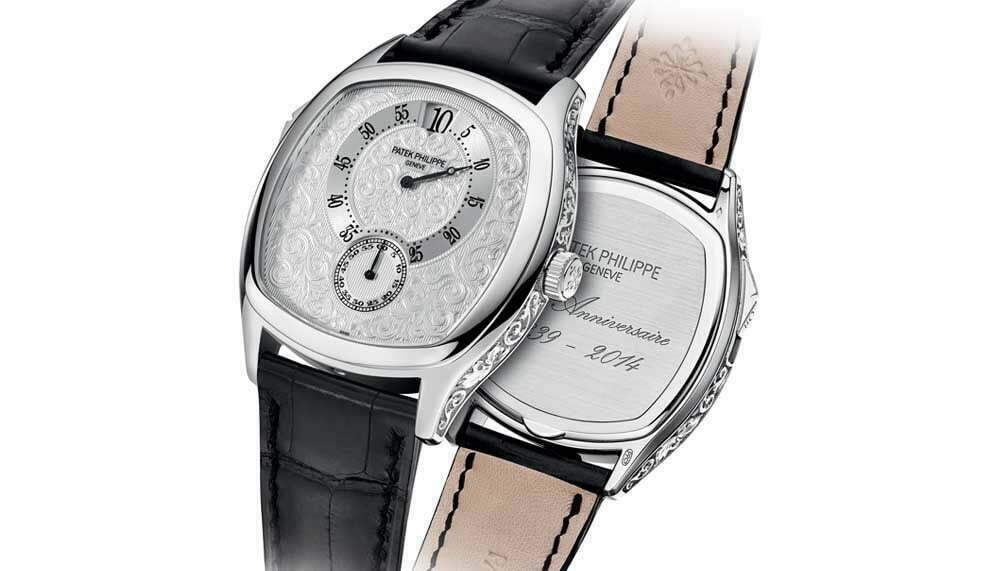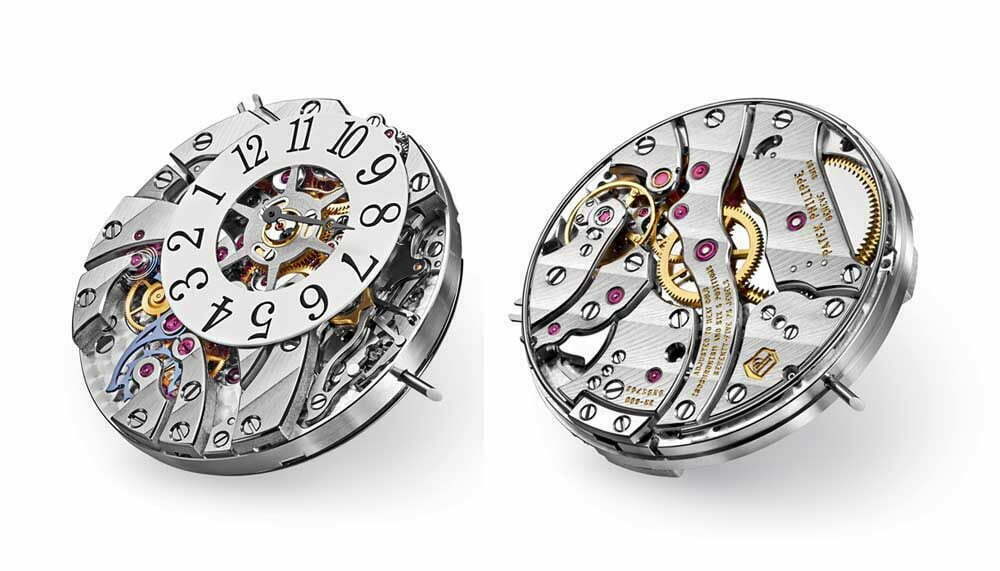Patek Philippe celebrates 175 years of success as an independently run company
The famed tagline of Patek Philippe’s advertising campaign reads, “You never actually own a Patek Philippe. You merely look after it for the next generation." The same could be said of Thierry Stern, who inherited the position of president from his father in 2009. Patek Philippe is greater than one man; it is a legacy living on over numerous lifetimes that acts as a bridge between past, present and future. To commemorate the milestone of turning 175, the brand recently introduced numerous novelties including the highly complicated Grandmaster Chime Ref 5175R-001 and Chiming Jump Hour that combines three jumping indications with an automatic hour strike, world timers with moon-phase display and multi-scale chronographs.
Stern has led the way for the Genevan manufacture to become the foremost household name in the world of haute horlogerie. In an industry rife with acquisitions and consolidations that has witnessed the strength of the mammoth Swatch, Richemont and LVMH groups, Patek Philippe – wholly acquired by the brothers Charles and Jean Stern in 1933 and passed down from father to son over four succeeding generations – has no problem holding its own. It confidently demonstrates to the world the potential of a family-owned company, even as critics had predicted the downfall of independents in the face of these giants.
In fact, Patek Philippe has always been privately owned. Its independence means that the decision-making process is not led by shareholders and profit margins, giving the brand freedom to focus on product development and take the leap with cutting-edge innovations that move the watchmaking industry forward. One example is the Calibre 89 series, comprising four pocket watches the brand then touted as the world’s most complicated portable mechanical timepieces. They were introduced in 1989 to mark the brand’s 150th anniversary.
The three-barrel, double-dial timepieces house 1,728 parts and took nine years to complete. Collectors are so convinced of the eternal appeal of Patek Philippe timepieces that prices are skyrocketing at auctions. Sotheby’s November 2014 sale saw the Henry Graves Supercomplication, an astronomical pocket watch delivered in 1933 to the prominent New York banker it was named after, achieve US$24 million ($32 million). These numbers are driven up in part by the brand itself bidding for its own timekeepers as a way to build up the collection in its museum, which was opened in 2001. The museum was built with the aim of preserving Patek Philippe’s heritage and reveals the lengths the brand would go to in order to ensure its longevity.
‘Innovation with tradition’ is a motto that has guided Patek Philippe since its founding in 1839. Nonetheless, the brand refuses to introduce innovations with a short-term, marketing-oriented vision; new technology must bring a real measured benefit to watch reliability or precision. Due to this pursuit for perfection, it takes about five years or more to develop a new complicated movement. The drawn-out process means that Patek Philippe knows what it will launch over the next five to 10 years, always seeking the means to improve products through the use of advanced technology. A team of engineers, technicians and draughtsmen in Patek Philippe’s R&D department focuses on the creation of new movements, cases, bracelets and manufacturing processes, while its Advanced Research department uncovers pioneering technologies and materials in cooperation with external research institutions. The latter department has harnessed the power of new silicon-based technology, which resulted in the first silicon escape wheel for a Swiss lever escapement in 2005. This was followed by the Spiromax balance spring made of a silicon-based material called Silinvar in 2006, which was used with the Pulsomax escapement. These innovations were created to improve the rate of accuracy and stability of mechanical timepieces.
At Patek Philippe, all watch components are produced in-house. The brand is one of the few Swiss watchmaking houses that is able to master all stages in the manufacture of its timepieces, from design and production to assembly and distribution. State-of-the-art technology is employed to create the components, which are then finished, assembled and regulated by hand in true Genevan style, followed by rigorous quality controls. It even launched its own quality certification in 2009 – the Patek Philippe Seal – which applies to the entire watch, from the movement and case to customer support and after-sales service. Tools and skills that have remained unchanged for centuries continue to be used and passed down to new generations. The brand’s latest investment is an impressive SFr450 million (S$652 million) to enlarge its manufacture in Plan-les-Ouates. When completed in 2018, the new 50,000-sqm six-storey building with an additional four underground levels will provide the space needed to consolidate all Geneva-based activities in a single site. In addition, the facility is expected to offer sufficient reserves for Patek Philippe’s growth in the next 20 to 30 years.
Thierry Stern
President, Patek Philippe

Thierry Stern took over the reins from his father, Philippe Stern, in 2009, and is a member of the fourth generation of the Stern family to lead the wholy-owned family business. As president of the company, he has led the way for the Gevevan manufacture to become a household name in the world of haute horlogerie.














